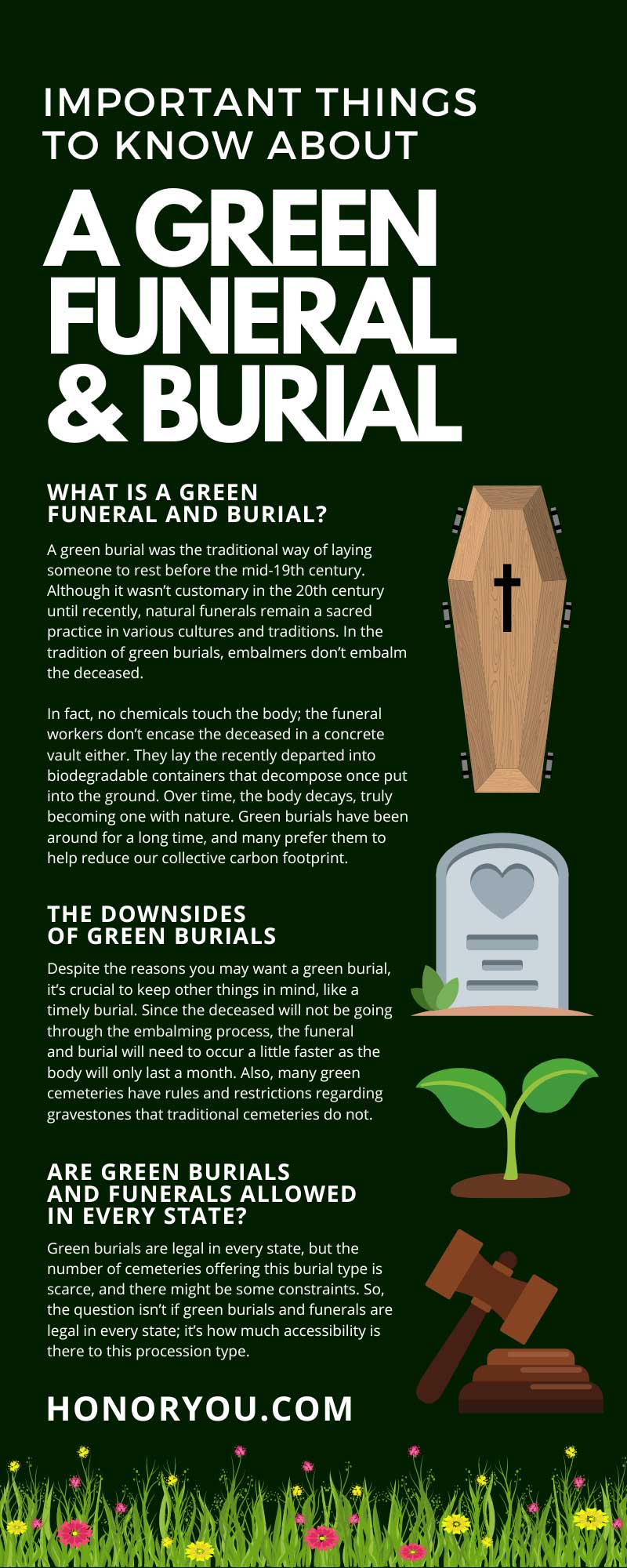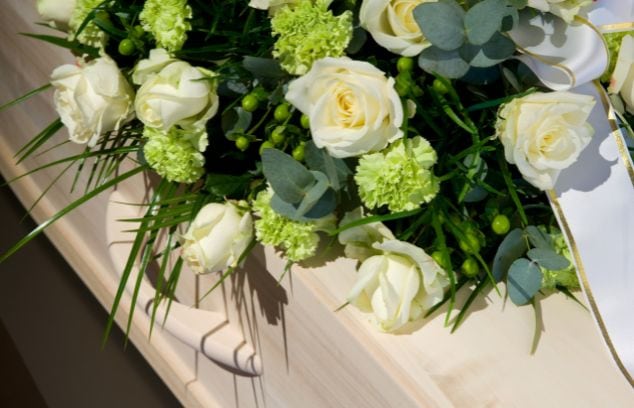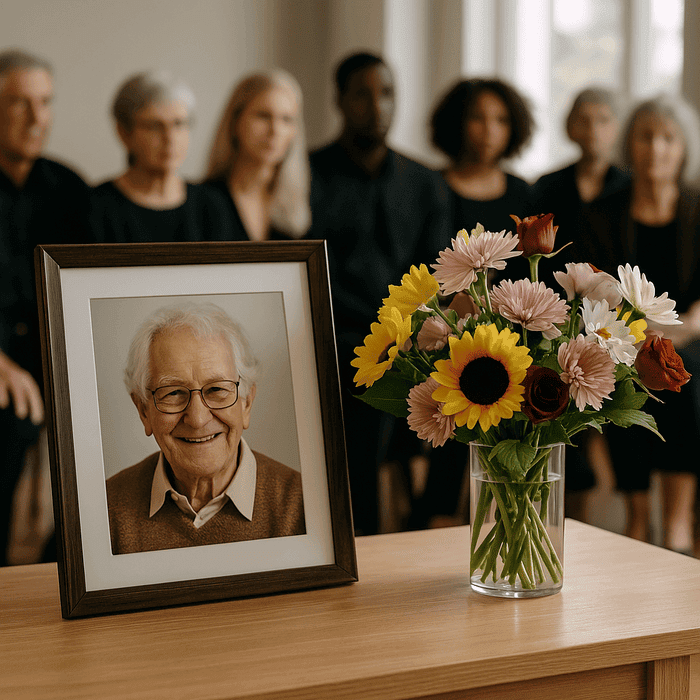Important Things To Know About a Green Funeral & Burial

Why Planning Your Funeral Arrangements Is Important
May 2, 2023
5 Things To Know About End-of-Life Doulas
May 15, 2023After reaching a certain age, many are asked, “What are your burial plans?” Some hesitate even at the thought of this question. Yet, no matter its magnitude, you still need to have an answer. Which song do you want to play during your funeral service, or which flowers do you want to drape around your casket? These questions might be easier to answer, but how you’d like to be buried might be challenging.
The way each person approaches the question of their burial plans doesn’t seem as challenging to answer as our burial options have increased. Our world is changing, and many are picking green funerals and burials. If your loved one has passed, consider a green funeral and internment to remember them by. Consider these important things to know about a green funeral and burial below.
What Is a Green Funeral and Burial?
A green burial was the traditional way of laying someone to rest before the mid-19th century. Although it wasn’t customary in the 20th century until recently, natural funerals remain a sacred practice in various cultures and traditions. In the tradition of green burials, embalmers don’t embalm the deceased.
In fact, no chemicals touch the body; the funeral workers don’t encase the deceased in a concrete vault either. They lay the recently departed into biodegradable containers that decompose once put into the ground. Over time, the body decays, truly becoming one with nature. Green burials have been around for a long time, and many prefer them to help reduce our collective carbon footprint.
Reasons To Have a Green Funeral and Burial
You might find it difficult to select a burial and funeral type for a loved one. Deciding this can be hard due to costs and simplicity. Believe it or not, green burials and funerals are straightforward and cost less than the traditional casket or mausoleum. Here are some reasons to have a green funeral and burial.
It Costs Less
Green burials are affordable. The biggest drawback in traditional funeral and burial expenses is the casket. The production of coffins is exceptionally high, with nearly two million made annually in the United States. Despite being made from wood, the metal handles on caskets have toxic chemicals that degrade metal and leech into soil and groundwater.
However, natural burials use wooden caskets with no toxic chemicals, metal handles, and nothing ornamental that could harm the environment. A natural wooden coffin takes a shorter time to break down and doesn’t harm the soil or groundwater.
Natural Areas Remain Protected
Natural burials do not harm the ecosystem. As previously mentioned, natural wooden coffins take less time to decompose. After lowering the deceased into the ground and burying them, the soil immediately settles, and the gravesite blends into nature again.
Reducing Toxic Chemicals From Embalming
Embalming does the most damage to the environment. While going through a conventional funeral and burial process, the embalmer injects the deceased with an assortment of toxic chemicals to slow down the decomposition process. Most chemicals placed into a body contain formaldehyde, a carcinogen or cancer-causing chemical.
Green Burial Graves Aren’t Deep
Traditional burials are six feet deep, mostly to prevent robberies, but a natural burial is three-and-a-half to four feet deep. This depth prevents animals from smelling and digging up the deceased. The other reason three-and-a-half feet is the standard for green burials is that the ground doesn’t need to accommodate a larger casket.
The Downsides of Green Burials
Despite the reasons you may want a green burial, it’s crucial to keep other things in mind, like a timely burial. Since the deceased will not be going through the embalming process, the funeral and burial will need to occur a little faster as the body will only last a month. Also, many green cemeteries have rules and restrictions regarding gravestones that traditional cemeteries do not.
Are Green Burials and Funerals Allowed in Every State?
Green burials are legal in every state, but the number of cemeteries offering this burial type is scarce, and there might be some constraints. So, the question isn’t if green burials and funerals are legal in every state; it’s how much accessibility is there to this procession type.
How Do You Find a Green Cemetery?
You can typically check a cemetery’s directory for gravesite styles. Some cemeteries may not have natural burials, while others might offer it but have never had anyone interested. It’s essential to contact the cemetery for more information. Typically, you’ll find green cemeteries near cities, but not so much in the countryside.
What To Expect at a Green Burial Cemetery
Natural burials at green cemeteries have similar practices to conventional services. The funeral director greets you and explains how everything will go throughout the day leading up to the interment. However, one thing to keep in mind is that a natural setting is exactly how it sounds—natural. Expect graveled paths, leaves covering pathways, and trees spread for miles. You must wear comfortable, closed-toe shoes to keep you safe.
You can also expect the body to look gray or yellow; that’s because, as previously mentioned, embalming is not part of the process. You can request the funeral workers lay the deceased in a biodegradable container or pure wooden casket with no fancy ornamentation. Instead of carrying the casket upon burial, families can use a rolling cart for the procession.
After transporting the deceased to the burial site, you will come upon the grave. There may not be a traditional grave marker, but you can make one from local, natural materials.
Traditional Ceremonies and Rituals Remain Part of Green Burials
You can expect to continue traditional ceremonies and rituals at green funerals and burials. The main reason many do not choose this option is because of the rising burial costs. Your family can continue religious and military burial services, providing funeral programs with a poem or passage from a religious text. There is no stop to continuing rituals and other ceremonies when deciding on natural burial.
Let Honor You be the service that helps memorialize your past loved one’s memory through any burial method you choose. Honor You provides funeral memorial programs depicting a passed loved one’s images and a special message. Let’s commemorate them today, tomorrow, and into eternity with specialized memorial services from Honor You.



